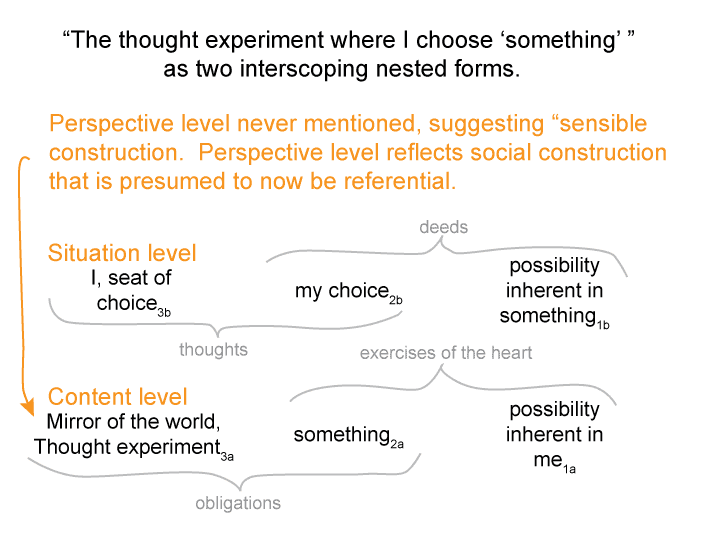Man and Sin by Piet Schoonenberg (1964) 2.3 JS
[Perhaps, the stories of Abraham were woven into a coherent narrative by the bards of Israel. They entered into the thought experiment for the tribes of Israel.
The thought experiment asks whether the children of Abraham not only value1b (thereby choose) God, but desire1a God as well.
YHWH is located as the something2a that reveals the desire1a of the tribes of Israel.]

